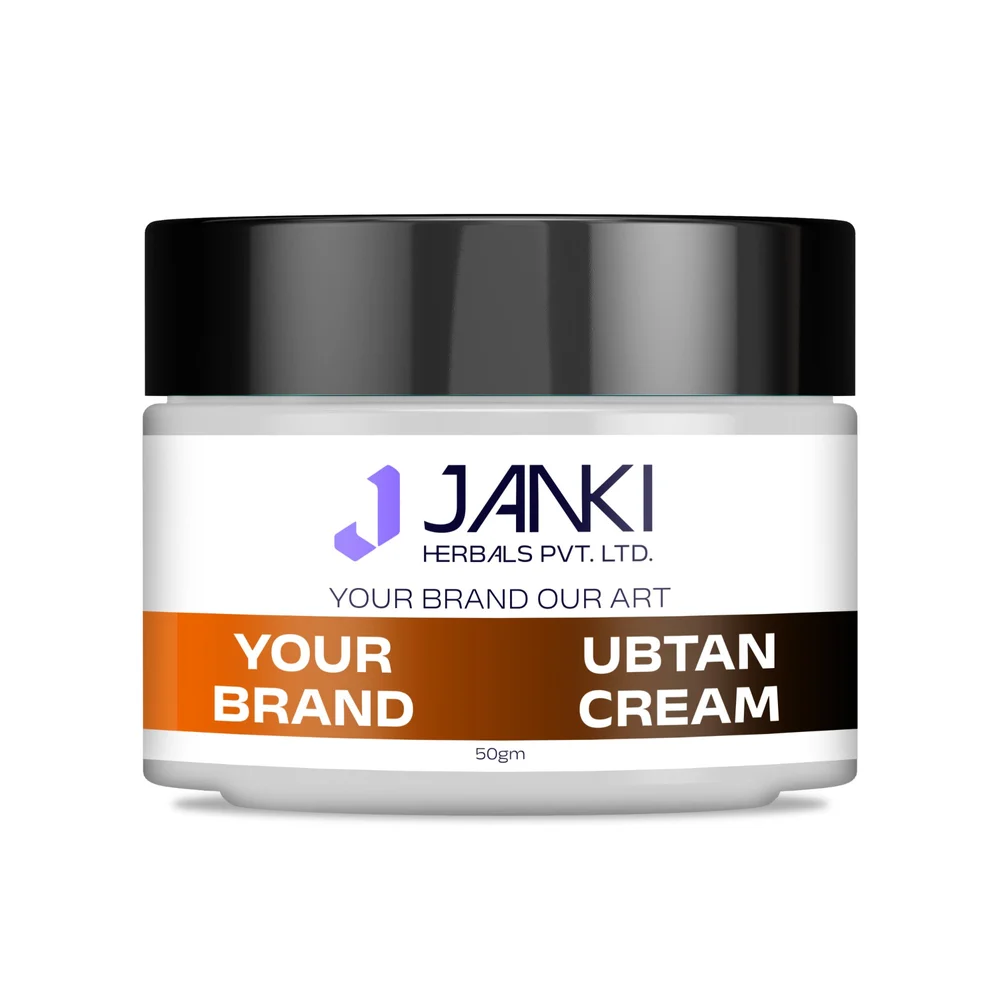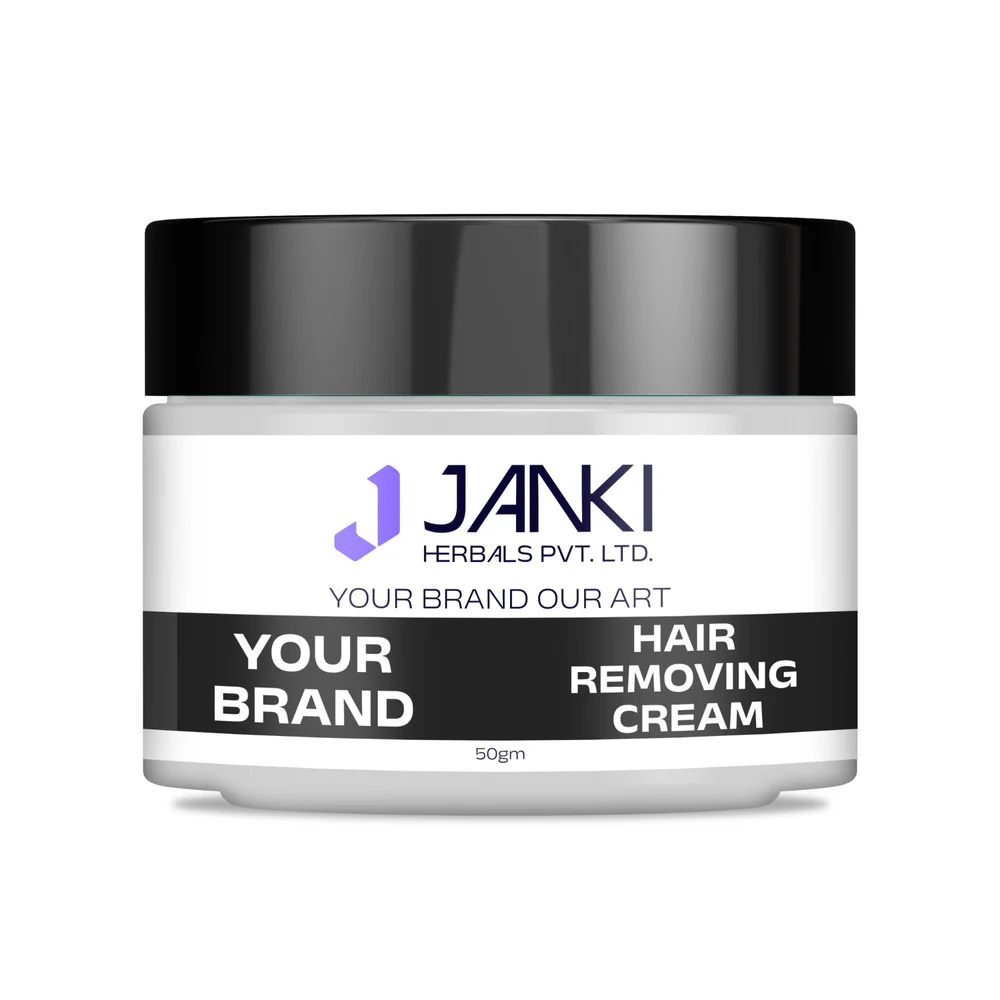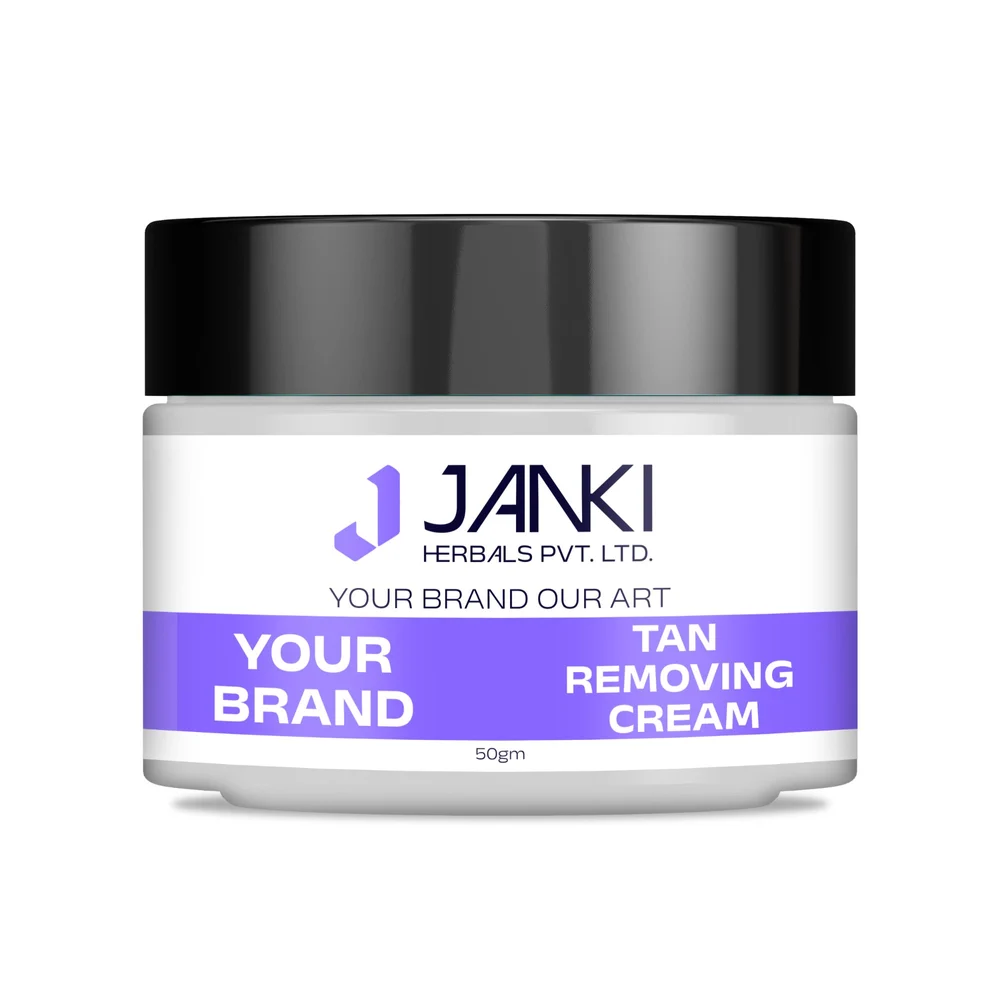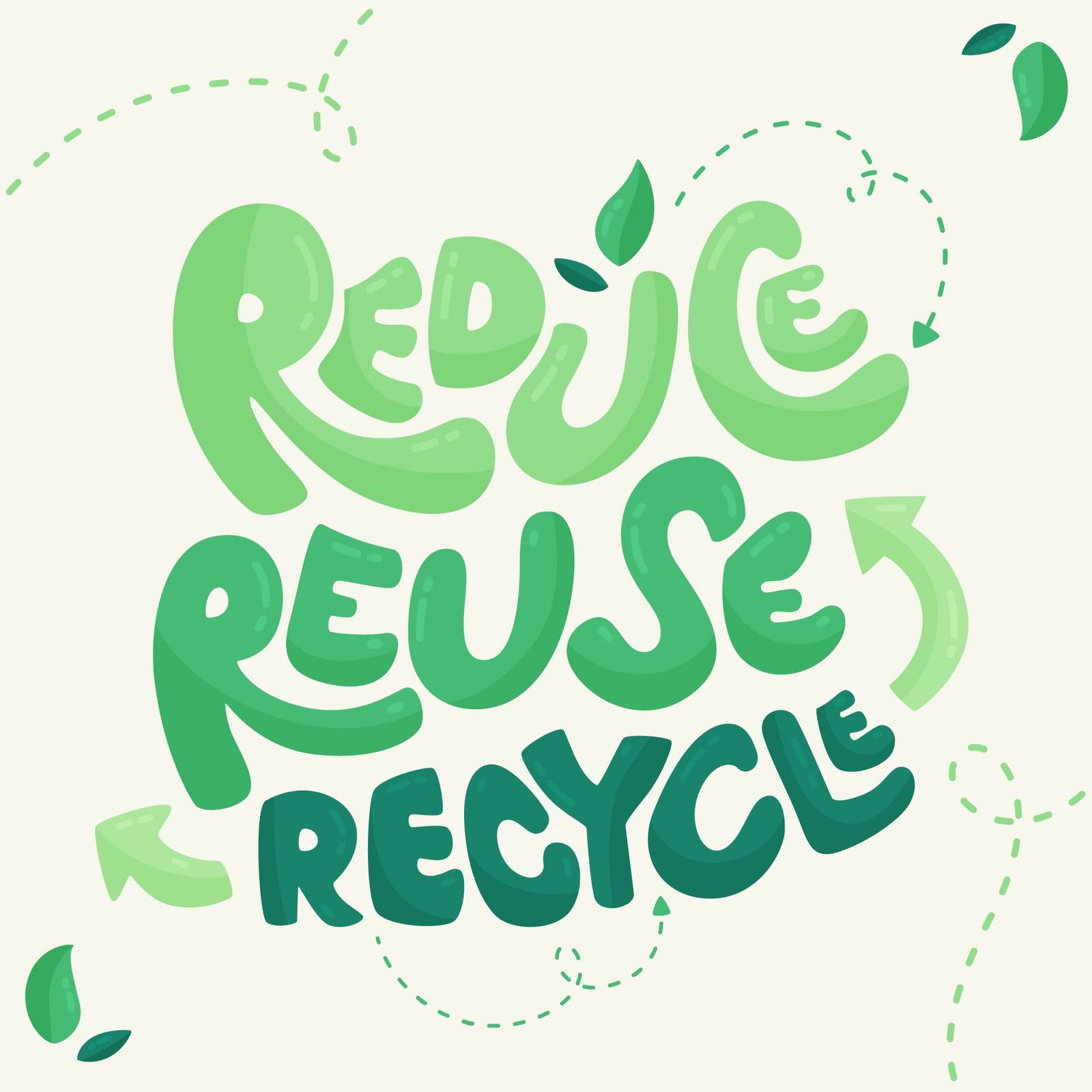Ubtan Face Cream
₹30.0
| Ingredient Type |
Herbal
|
| Gender |
Unisex
|
| Skin Type |
All Type Skin
|
| Shelf Life |
36 months
|
| Third Party Manufacturing |
Yes
|
| Organic |
Yes
|
| Country of Origin |
Made in India
|
| Ingredient Type |
Herbal
|
| Gender |
Unisex
|
| Skin Type |
All Type Skin
|
| Shelf Life |
36 months
|
| Third Party Manufacturing |
Yes
|
| Organic |
Yes
|
| Country of Origin |
Made in India
|
You must be logged in to post a review.
Q & A
Scientific Report: Sustainability of Ubtan Face Cream
1. Introduction
Ubtan face creams are gaining popularity due to their natural composition, often featuring ingredients like turmeric, saffron, sandalwood, and almond oil. These products are marketed as eco-friendly alternatives to conventional cosmetics, emphasizing their use of traditional Ayurvedic formulations. This report evaluates the sustainability of ubtan face creams through a scientific lens, focusing on their environmental impact, ingredient sourcing, and packaging practices.
2. Environmental Impact Assessment
2.1 Life Cycle Assessment (LCA)
A comprehensive Life Cycle Assessment (LCA) of cosmetic products, including those similar to ubtan face creams, reveals significant environmental impacts across various stages:
-
Production Phase: The formulation process, particularly the emulsification of oils and water, consumes energy and water. For instance, producing 584 g of cosmetic cream requires approximately 116.8 g of oil and 478.1 g of water, along with 0.004 kWh of electricity and 49.6 g of steam. Packaging materials such as PET, aluminum, and cardboard contribute to resource use and waste generation .
-
Packaging: The choice of packaging materials significantly affects the product's environmental footprint. Materials like PET and aluminum have high resource use and end-of-life impacts. A study on facial creams found that packaging materials accounted for 74% of the environmental burden in categories like ozone depletion and water consumption .
-
Ingredient Sourcing: Ingredients like sandalwood and saffron are sourced from natural habitats, raising concerns about biodiversity and sustainability. Sandalwood, in particular, is associated with deforestation and illegal logging, posing ecological risks .
2.2 Comparative Analysis
When compared to traditional ubtan powders, which are water-free and often packaged in biodegradable materials, ubtan face creams have a higher environmental impact due to:
-
Water Content: The inclusion of water necessitates the use of preservatives and increases the product's weight and transportation emissions.
-
Packaging: The need for durable packaging to prevent contamination and preserve shelf life leads to increased use of non-biodegradable materials.
-
Energy Consumption: The manufacturing process for creams involves energy-intensive steps like emulsification and homogenization.
3. Ingredient Sustainability
The sustainability of key ingredients in ubtan face creams varies:
-
Turmeric and Saffron: These ingredients are cultivated in specific regions, and their sustainable farming practices depend on agricultural methods and land use.
-
Sandalwood: As mentioned, sandalwood faces sustainability challenges due to overharvesting and illegal trade .
-
Almond Oil: Sourcing of almond oil can impact water resources, especially in regions where water scarcity is a concern.
4. Recommendations for Enhancing Sustainability
To improve the sustainability of ubtan face creams, the following measures are recommended:
-
Eco-friendly Packaging: Adopt biodegradable or recyclable packaging materials to reduce waste.
-
Sustainable Ingredient Sourcing: Ensure ingredients are sourced from certified sustainable farms and consider alternatives to endangered species like sandalwood.
-
Waterless Formulations: Develop waterless or anhydrous formulations to eliminate the need for preservatives and reduce water usage.
-
Energy-efficient Manufacturing: Implement energy-saving technologies in the production process to lower carbon emissions.
5. Conclusion
While ubtan face creams offer a natural skincare alternative, their environmental sustainability is influenced by factors such as ingredient sourcing, manufacturing processes, and packaging choices. By adopting sustainable practices across the product lifecycle, manufacturers can enhance the ecological profile of these products, aligning with the growing consumer demand for environmentally responsible cosmetics.
References
-
Life Cycle Assessment of cetearyl glucosides in Personal Care. (2013). Retrieved from
-
Life cycle assessment of surfactants: The case of an alkyl polyglucoside used as a self emulsifier in cosmetics. (2015). Retrieved from
-
The impact of palm oil feedstock within the LCA of a bio-sourced cosmetic cream. (2016). Retrieved from
-
A sustainable life cycle for cosmetics: From design and development to post-use phase. (2024). Retrieved from
-
Life Cycle Assessment (LCA) of the Impact on the Environment of a Cosmetic Cream with Gold Nanoparticles and Hydroxylated Fullerene Ingredients. (2025). Retrieved from
-
Mamaearth Ubtan Nourishing Cold Cream - Deep Moisturization with Turmeric & Saffron. Retrieved from
-
Buy Ubtan Face Cream Online at Best Price - Iba Cosmetics. Retrieved from
-
EcstaCBeauty Ubtan Gel | Herbal Skincare Gel for Face & Body. Retrieved from
-
Ubtans Are Making A Comeback As Everyone Turns To These Ayurvedic Desi Face Packs. Zee Zest. Retrieved from
General Inquiries
There are no inquiries yet.






Reviews
There are no reviews yet.